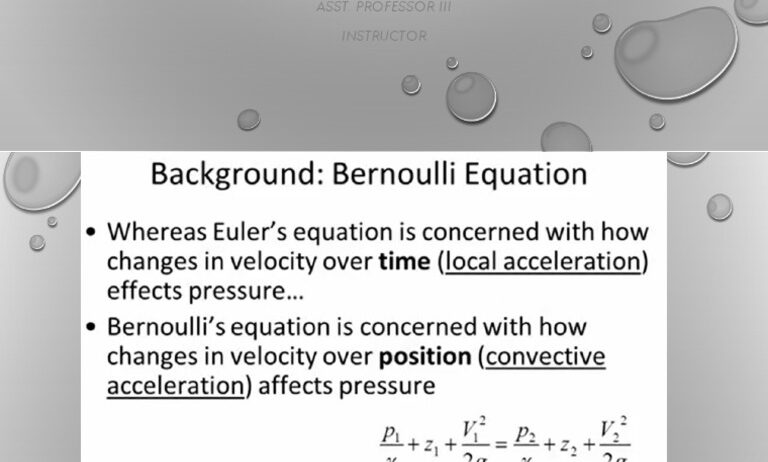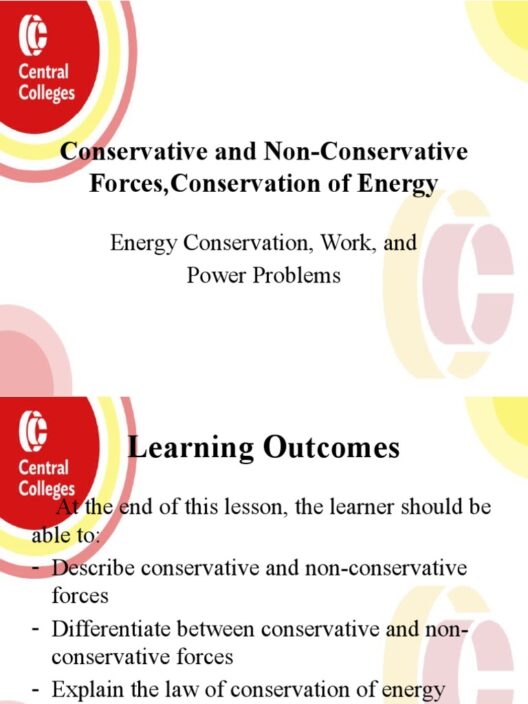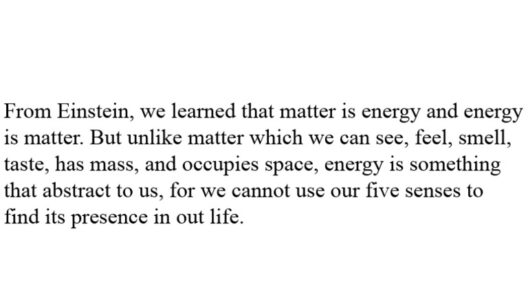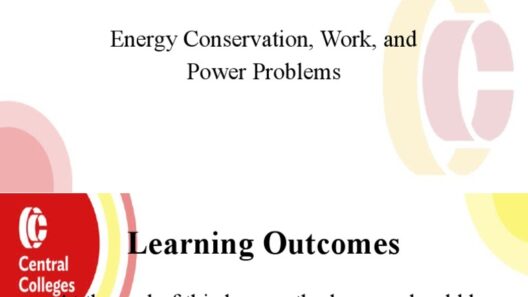The Law of Conservation of Energy is one of the cornerstones of physics, yet it often appears daunting, shrouded in complex equations and advanced concepts. However, understanding this principle does not necessitate a PhD in physics. In fact, a simple thought experiment can illuminate the elegance of energy conservation in a manner accessible to everyone. Let us embark on this intellectual journey, challenging our perceptions and piquing curiosity.
At its core, the Law of Conservation of Energy states that in an isolated system, energy can neither be created nor destroyed; it can only transform from one form to another. This fundamental tenet has profound implications not just for scientists but for anyone keen on understanding the intricacies of our universe. The inquiry into how energy transitions takes us through various manifestations, from kinetic energy—the energy of motion—to potential energy, which embodies the capacity for doing work.
Consider a simplified scenario: a roller coaster. As the ride ascends to its pinnacle, potential energy accumulates, deriving from gravitational forces. At the apex, the coaster pauses momentarily, holding an immense quantity of potential energy. As it descends, this potential energy transitions into kinetic energy, propelling the coaster at exhilarating speeds. This interplay continues throughout the ride, exemplifying energy’s transformation while adhering to the overarching principle of conservation. No energy is lost to the ether; it merely metamorphoses from one state to another.
But what does this mean for our everyday lives? Energy conservation plays a pivotal role in environmental sustainability, directly impacting our planet’s health. Each time we flip a light switch, we are not merely utilizing energy—we are participating in a grander narrative of transformation. The electricity powering our homes is a result of converting various energy forms—solar, wind, fossil fuels—into that ephemeral current circulating through our lives. Understanding the conversion process fosters a sense of responsibility, urging us to choose sources that contribute to a sustainable future.
Let us delve deeper into the transformations that happen around us. Picture a hydroelectric dam. Here, potential energy stored in elevated water is transformed into kinetic energy as the water flows down turbines. This kinetic energy, now in motion, is transmuted into electrical energy, illuminating our cities and powering our devices. In this scenario, energy’s conservation is palpably evident: water energy converts but does not vanish. Each drop that plunges downstream serves as a reminder of energy’s relentless, boundless capacity to shift forms.
The law of conservation extends beyond mechanical systems and nature—it encapsulates the heartbeat of human innovation. For instance, when we consider the internal combustion engine found in countless vehicles, a fascinating narrative unfolds. In these engines, chemical energy stored in fuel undergoes conversion; as fuel combusts, it produces thermal energy. This thermal energy then transforms into kinetic energy, propelling the vehicle forward. Here, one might ponder: where does the energy “go” when a vehicle halts? The answer lies in friction and heat, demonstrating that energy indeed dissipates in forms that may not be immediately apparent.
If the proof of energy conservation appears revelatory, it is because it encourages a shift in how we perceive our interactions with energy. Each action we take, from cooking to commuting, constitutes a series of energy transformations. As such, our choices foster a ripple effect, begging the question: are we harnessing energy responsibly? The implications reflect not just personal responsibility but a collective imperative to ensure sustainability for future generations.
To fortify our understanding, let us consider a real-world example pertinent to modern society—the advent of renewable energy technologies. When photovoltaic cells capture sunlight, they embody an excellent illustration of energy transformation. The sunlight, rich in radiant energy, is converted into electrical energy, delivering power to our homes without depleting resources or harming the environment in the same way fossil fuels do. What is paramount here is that the transformation does not imply depletion; sunlight continues to shine, perpetuating an enduring energy cycle.
The challenge lies in recognizing our roles in this cycle. The more fluently we understand energy conservation, the more adeptly we can address the challenges posed by climate change and resource depletion. The transition to sustainable energy sources is not merely a technological shift; it requires a profound shift in consciousness. An educated populace aware of energy’s conservation will be emboldened to create solutions that honor the thin line between consumption and sustainability.
In closing, the Law of Conservation of Energy encapsulates a beautifully intricate dance of transformations occurring in every facet of existence. It invites us to consider not only how we use energy but also the forms in which it exists around us. The implications of this law extend beyond theoretical physics into the realm of practical, everyday applications. As curiosity is piqued and perspectives shift, individuals are empowered to make informed decisions that align with the principle of conservation. Ultimately, fostering a deeper understanding of energy conservation can elevate our collective future, weaving a narrative rich in sustainability, innovation, and responsibility toward our planet.






